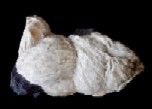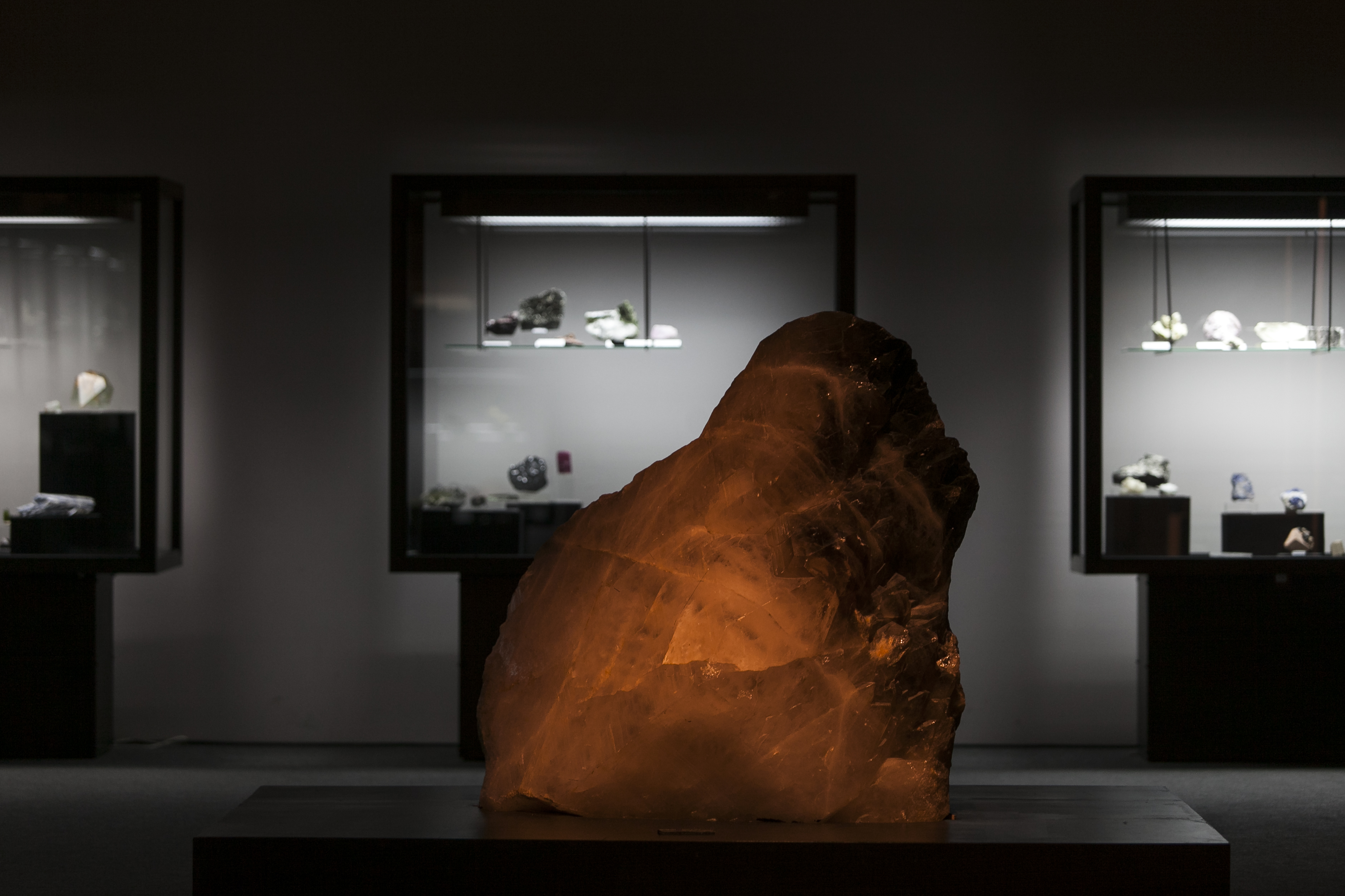The Geological Museum was constituted around 1859, starting from the samples collected during the works performed by the Geological Commissions, and later by the Geological Services of Portugal and the Geological and Mining Institute. The c ...
Alfredo Bensaude Museum, Lisboa
The Alfredo Bensaúde museum is located on the 3rd floor of the mines pavilion. It is a university museum primarily dedicated to Portuguese mineralogy, crystallography and petrology. Its collections comprise also relevant geologic materials from the Portuguese former colonies. The collections of this museum also comprise scientific instruments and educational materials (books, maps and historical photos), as well as personal scientific items that belonged to various teachers of the mines department, namely Alfredo Bensaúde, Amílcar Mário de Jesus and Luís Aires-Barros. The museum is located on the IST (Alameda campus), and was inaugurated in 1936, in accordance with Duarte Pacheco´s plans. Pardal Monteiro, a celebrated architect from the first half of the 20th century, was responsible for the project. Its functionalist design, preserved to the present day, is an example of the Estado Novo architecture, and provides added value to the collections on display. The roots of the IST geosciences museums stem back to the Lisbon Industrial Institute (IIL), who was renamed in 1869 as Lisbon Institute of Industry and Commerce (IICL). Both these institutes operated from 1859 to 1911 in the Madeira Palace building, located at Rua da Boavista, and no longer existent. This same building housed the IST from 1911 to 1936, when the Alameda campus was inaugurated. The present day museum facilities were designed by Pardal Monteiro, a celebrated architect from the first half of the 20th century, and were inaugurated in 1936. The space and equipments of exhibition preserve their original design and, as such, they constitute a relevant architectural reference.
CHARACTERISTICS
City: Lisboa
Postal Code: 1049 - 001
Telephone: 218400806
Email: geomuseus@ist.utl.pt
Website: http://
From 00:00:00 to -.
From 00:00:00 to -.
Weekend and Holidays Schedule:
From 00:00:00 to 00:00:00.
From 00:00:00 to 00:00:00.
Exceptions:
Currently the Museum only provides visits through advance reservations. Large groups should schedule with advance notice of at least one week.
Paid Entry:
0€
Discount Policy:
In regards to temporary activities for which payment is required, discount policies shall be published.
Specific Conditions:
-
Method:
On foot
Difficulty Level:
Low
Group Visits:
No
Guided Tours:
Yes
Observations:
The programme can be adjusted to suit visitor requirements, such for the amblyopic or visually impaired.
The museum now known as Alfredo Bensaude was created in 1936, at the time that the IST facilities were inaugurated at Alameda Afonso Henriques. The Pardal Monteiro architecture and the Art Deco inspired furniture are some of the images that brand of this museum. The organisation of the location and the gathering of much of the collection is attributable to Prof. Amilcar Mario de Jesus. Jesus was the assistant to Prof. Alfredo Bensaude, the first director of IST. The museum possesses important collections of Portuguese mineralogy, crystallography, and petrology and the CPLP. The oldest collection comes from the IICL.
Activity Program:
Under construction
Study and Research Unit:
1. Support for classes, scheduled in accordance with the themes and the availability of the docents. 2. Laboratory support for the description of geological materials or for educational demonstrations (DRX, EFRX, Microscopics, FTIR, XR Micro-tomography etc.). 3. Geoscience Library
Audiovisual and Multimedia Resources:
There are audio-visual and multimedia systems available for usage during the activities (computer, projector, diverse presentations.)
Volunteering Programs:
Many activities are supported by undergraduates and postgraduate students, as well as the technical staff.
1.Geology and mining themes short courses and publicizing programs: Geopaper, geokids, Open labs, Ciência Viva, etc. 2.Life-learning courses 3.Activities related to the History of Science 4.Activities related to IST History 5.Interdisciplinary activities with other Departments from IST
Target Audience:
1.Secondary level Students 2.Geology, Biology and History Professors 3. e 4. Historians, teachers and general public 5. Secondary students from cicles 1, 2 and 3.
Activity Cost:
0€
Weekly Schedule:
From 00:00:00 to 00:00:00.
From 00:00:00 to 00:00:00.
Weekend and Holidays Schedule:
From 00:00:00 to 00:00:00.
From 00:00:00 to 00:00:00.
Exceptions:
Visiting hours subjected to previous booking
Observations:
Certified life-learning courses are approved by Ministry of Education
http://www.visitlisboa.com/Gastronomia.aspx
Where to Stay
http://www.visitlisboa.com/Alojamento.aspx
Cultural Facilities
http://www.visitlisboa.com/Cultura.aspx
Security Forces
http://smap.ist.utl.pt/
T. Ferroviário
Agency Name:
Metropolitano de Lisboa
Telephone Number:
21 798 06 00
Type of Transport:
T. Rodoviário
Agency Name:
Carris
Telephone Number:
21 413 86 79
Parking for private vehicles:
No
The Fountain was built in 1940 and inaugurated by Oscar Carmona. It was one of the emblematic works of the regime and today it is still a good example of what we generally refer to as the New State architecture. The straight lines, the monumental figures, are typical of the time period and interact perfectly with the Instituto Superior Tecnico, built during the same period on the other side of the Alameda Afonso Henriques.
gps: 38.7373 -9.13029
distance: 0km
Museum of Civil Engineering - IST
University museum which brings together and displays equipment and instruments used in this branch of engineering
gps: 38.73716 -9.14036
distance: 0km
Culturgest
Fundaçao Caixa Geral de Depositos - Art, Exhibitions, Conferences, Movies, etc..
gps: 38.74099 -9.14233
distance: 1km
The National Natural History Museum (MNHN) is an organisation that pertains to the University of Lisbon, which has the functions of preserving heritage, researching and disseminating knowledge through the use of the methods and communicatio ...









